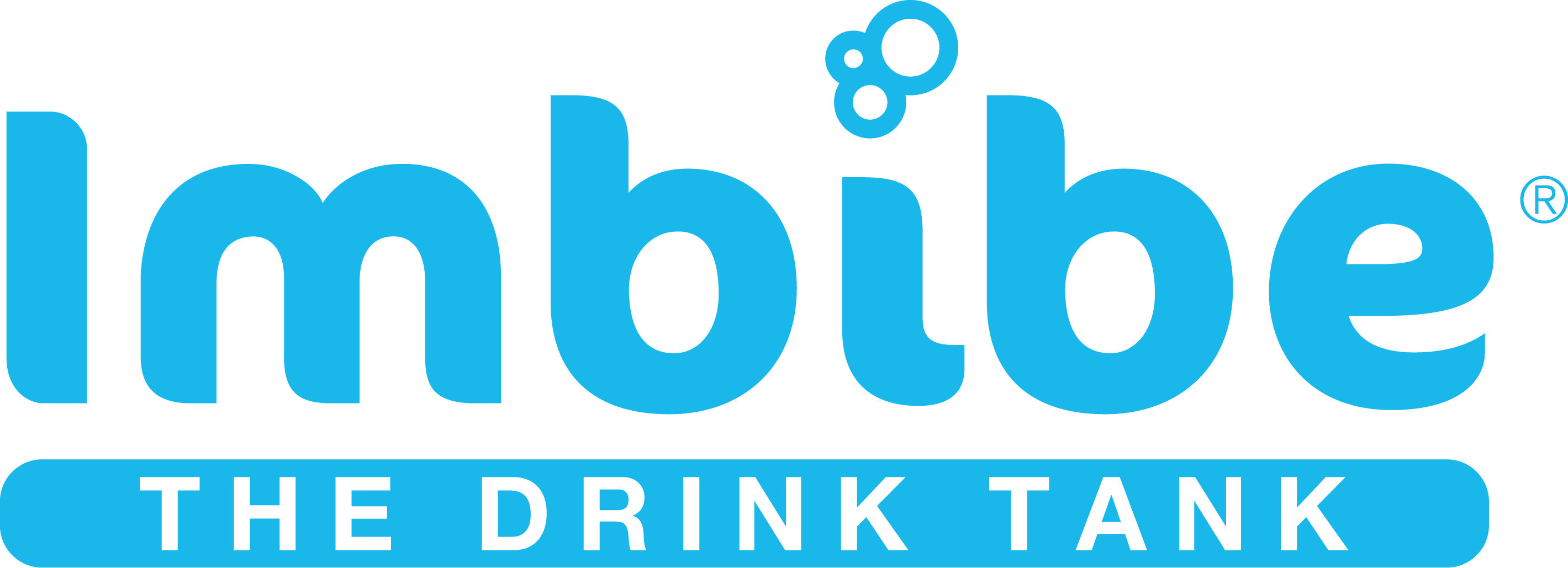The Protein Beverage Landscape
 The protein ingredient market has experienced substantial growth over the last decade, and is showing no signs of slowing down. The U.S. protein drink market is expected to reach $6.7 billion by 2019, up from just over $4 billion in 2015, and the global protein ingredient market is expected to reach $43.3 billion by 2024, according to a new research report by Global Insights, Inc.
The protein ingredient market has experienced substantial growth over the last decade, and is showing no signs of slowing down. The U.S. protein drink market is expected to reach $6.7 billion by 2019, up from just over $4 billion in 2015, and the global protein ingredient market is expected to reach $43.3 billion by 2024, according to a new research report by Global Insights, Inc.
Protein first became a popular functional ingredient in sports nutrition products because of claims that it increases muscle mass and curbs appetite. Over the last several years, however, the demand for protein-rich food and beverage products by consumers craving satiety on-the-go has grown exponentially.
Beverage manufacturers are responding to the protein craze by developing new, protein-packed products, or rebranding current ones to prominently feature protein on the packaging. Approximately 25 percent of beverages across several categories have protein, including carbonated soft drinks (CSDs), bottled water, tea, non-dairy milk, coffee and nutritional drinks.
Manufacturers of sports nutrition products, who have been synonymous with high protein, are responding to saturation in the market by developing products with higher quantities of protein (usually 20 g or more per serving).
As the market continues to expand, food and beverage manufacturers are also seeking new ways to source and promote protein. Whey concentrate, whey protein isolate and milk protein have been the most popular animal sources of proteins on the market (the Global Whey Protein Market is projected to reach $8.4 billion by 2020). Newer trends include product claims like “grass-fed”, “no artificial growth hormone” and “no chalky taste” to capture the attention of the more discerning consumer. Researchers are even testing cricket protein as an alternative to whey and casein in nutritional beverages.
Read the full article on Natural Products Insider.


